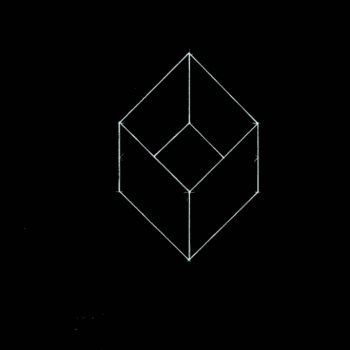Let's solve this one component at a time
#* * * * * * * * * * * * * * * * * * * * * * *#
#y < 3 # is saying that #y# is less than -- but not including -- #3#. So we just need to convey that same information in interval notation.
First, do we use #( color(white)(.) )# or #[ color(white)(.) ]#? Well, we aren't including #3#, so we use #( color(white)(.) )#.
Now, what do we do with the #3#? Well, are we starting at #3# or is it our end point? Are we saying that we go from #3# to infinity or from (negative) infinity to #3#? In our case, we're going from infinity to #3# and #3# is our greatest value. So since we stop at #3#, we put #3# last in the parentheses.
#( -oo , 3 )#
#color(white)#
#* * * * * * * * * * * * * * * * * * * * * * *#
Now let's do the other one
#3y+4 > -5#
first, we ought to get #y# on the right side of the sign:
#3y > -9#
#y > -3#
Now we go through the same process as before:
#( color(white)(.) )# or #[ color(white)(.) ]#?
Not including #-3# so we'll use #( color(white)(.) )#
This says that #y# is larger than #-3#, or that #y# goes from #-3# to infinity
#( -3, oo )#
#* * * * * * * * * * * * * * * * * * * * * * *#
Now we put these together. it's pretty simple. We just need to figure out if we use #uu# or #nn#?
I like to remember #annd# ( and ). Well in our case, we were told "or", so we should use #uu#
Our final answer is #( -oo , 3 ) uu ( -3, oo )#

